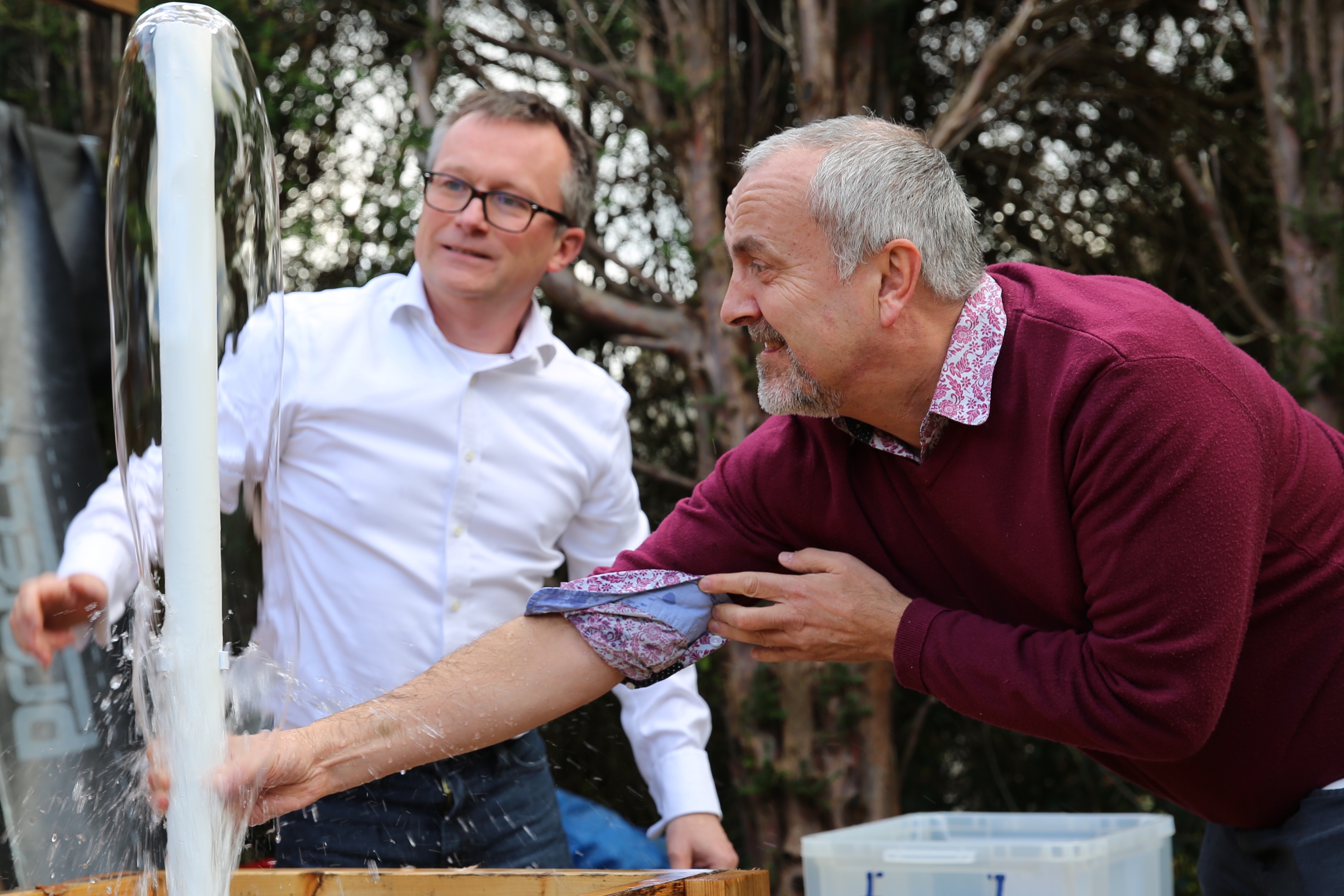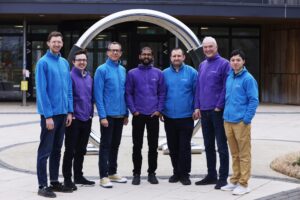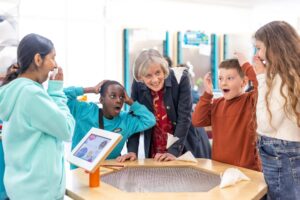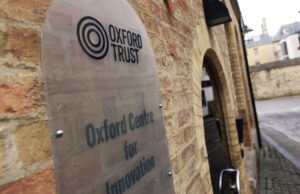Interview with exhibition designers Whitefire Associates
November 28, 2018

It’s more complicated than you think designing science exhibits. We went to meet Dan and Bronwen Bird, husband and wife team, from Whitefire Associates, who are developing the interactive exhibits for the Exploration Zone, the heart of our new Science Oxford Centre.
An interactive exhibition consultancy, Whitefire is excited by Science Oxford’s novel approach to creating a new range of science exhibits: it’s all about Thinking, Doing, Talking Science. TDTS is an approach to science learning developed by Science Oxford in partnership with Oxford Brookes University which aims to provide more opportunities for higher order thinking in science by making it more practical, creative and challenging.
“The approach is less about the delivery of facts and more about the process behind the idea. It’s causing us to think – in a good way”, says Dan who is more used to working on traditional hands-on science centre exhibits, like We The Curious and Techniquest. He continues, “For the Science Oxford exhibits, we want to give kids the ownership of the discovery so that all children feel that they can achieve and succeed in science.”
Not only are the exhibits new but the way of working is too. There’s no brief as such. The Whitefire and Science Oxford teams are working collaboratively and iteratively to develop the concepts for the 22 exhibits. It’s a process of using our experience, trying new ideas, seeing if they work and then tweaking the design to make sure it ticks all the right boxes. The key challenge is developing exhibits where you don’t want to tell children about the science, you want them to work it out and think for themselves. It’s an inspiring way of working. And, what’s more, we want each exhibit to be interchangeable for early years and primary age groups so that where possible we can engage with children of all ages and abilities.
And there’s another level of complication. The exhibition has to be looked at as a whole to make sure there is variety and that exhibits appeal to different age groups and audiences, develop different skills and appeal to different interests. As Bronwen says, “we’re looking to build a landscape of engagement.” All the exhibits have been designed to fit with the “Working Scientifically” sections of the National Curriculum and all promote the philosophy of Active Prolonged Engagement (APE). Some of our exhibits are developed from our favourites such as the heat sensitive camera and the marble run but with a new twist to really engage and stimulate kids into thinking whilst doing. Others have been developed from scratch by Science Oxford and Whitefire, like the water freezing and the cleverly-designed Guess What exhibit.
Dan’s favourite is the outdoor water exhibit – you can see why from the photo – it’s enormous fun! You can build your own dam; make your own water turbine and adjust the depth of water to work out how things float. “It’s great, isn’t it?”, says Dan “We have designed this exhibit to work on many different levels and with very different audiences from independent school groups, facilitated groups, teacher CPD and family group, all of whom bring unique skills and interest to using the exhibit.”
“Naming the exhibits is going to be a challenge too”, says Bronwen, “we are choosing not to give away anything about the science in the title as we want children to work it out for themselves. You can’t call a heat camera, a heat camera. We’re going to have to come up with something more lateral, perhaps ‘Curious Camera’ will work?”
Dan and Bronwen work out of their small studios in Gloucestershire but their ideas for the Science Oxford Centre are hugely creative. We are looking forward to the Exploration Zone opening in Autumn 2019!



